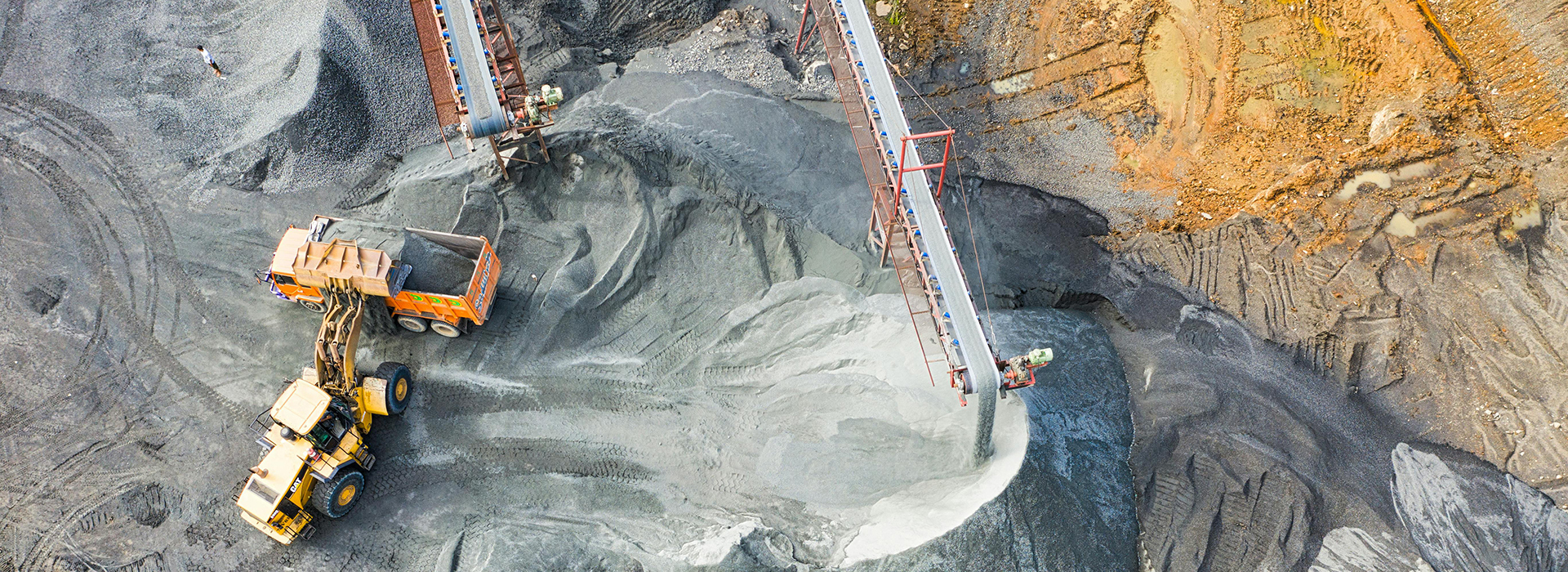
What Three Factors Directly Affect Belt Conveyor Speed?
2025-08-23 10:39There are many factors that influence belt conveyor speed. The speed depends on factors such as size, weight, cost, and performance. Given the same conveying distance and capacity, a smaller belt width results in a lower-priced Nylon Conveyor Belt. Increasing the belt width also increases costs. Therefore, when selecting conveyor belt speed, multiple factors should be considered. Let's discuss the characteristics of the material being conveyed, the layout and discharge method of the belt conveyor, and the conveying capacity and Nylon Conveyor Belt width.
1. Conveyor Material Characteristics.
First, for materials with low abrasiveness and small particles, higher speeds can be used. Second, for bulk materials, lower speeds are more suitable. This is especially true for powdered materials. To effectively prevent dust, lower speeds are generally used.
2. Belt Conveyor Layout and Discharge Method.
High speeds are suitable for horizontal conveying over long distances. Lower speeds are recommended for conveying at larger inclinations or shorter distances. If a discharge cart is used, the Nylon Conveyor Belt speed should not be too high due to the large inclination between the conveyor belt and the cart.
3. Conveyor Capacity and Nylon Conveyor Belt Width.
Conveyor capacity is directly proportional to Nylon Conveyor Belt speed and belt width. As belt width and thickness increase, deviation decreases, allowing for a higher speed.
Do you know the factors that directly affect belt conveyor speed?

When adjusting and maintaining conveyor Nylon Conveyor Belt speed, consider the following key considerations:
Matching with production requirements: The conveyor Nylon Conveyor Belt speed must match the overall requirements and production capacity of the production line. Excessively high or low belt speeds can affect production efficiency and may cause material accumulation or poor conveying.
Material characteristics: Different materials have different belt speed requirements. For example, fragile materials may require a lower belt speed to prevent breakage, while materials with high friction coefficients may require an adjustment in speed to ensure smooth transport.
Load capacity: The conveyor Nylon Conveyor Belt speed must match the load capacity. If conveying heavy or bulky materials, the belt speed should be reduced appropriately to prevent belt slippage or overloading.
Energy Consumption and Efficiency: Excessive belt speeds result in unnecessary energy consumption and increased wear and tear on the equipment. Therefore, appropriate speed adjustment can help reduce energy consumption and improve overall system efficiency.
Drive System Adaptability: When adjusting belt speed, consider the load capacity of the drive system (such as the motor and reducer) to avoid damage caused by overload or excessive speed.
Maintenance and Inspection: Regularly inspect the belt and drive system to ensure that the conveyor belt is not excessively worn or loose. The speed setting should be coordinated with the health of the equipment.
Control System Accuracy: When using an automated control system such as a variable frequency drive (VFD), ensure accurate speed adjustment to avoid sudden speed changes that could impact the conveyor belt.
